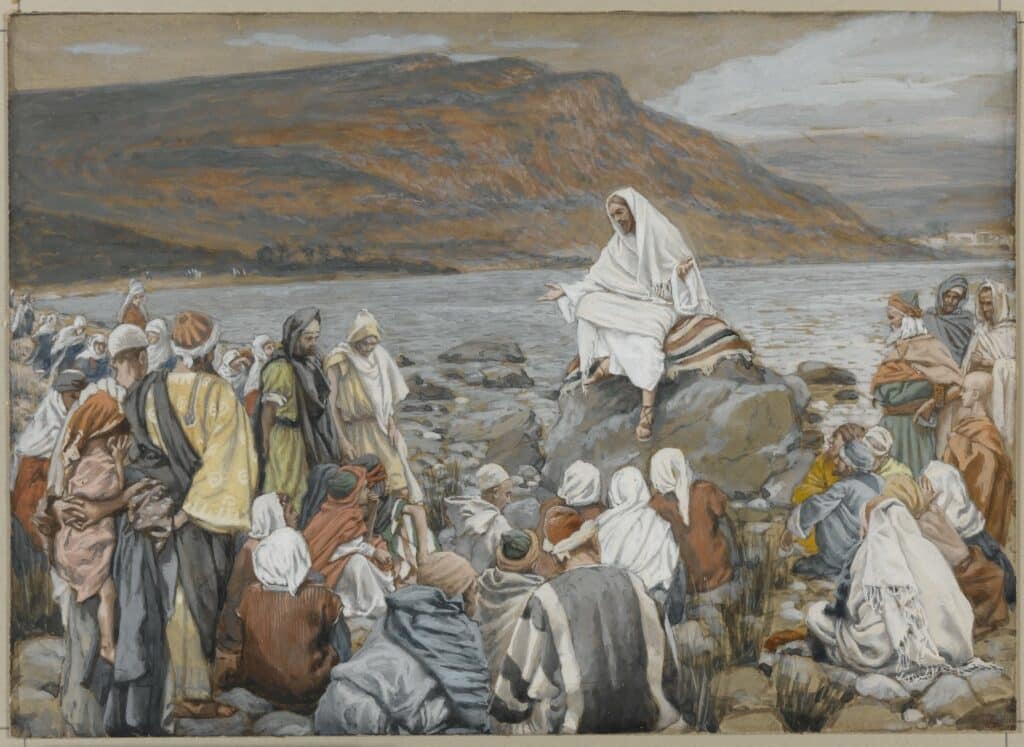
The Liturgical Calendar has turned its page. For the music minister, the last several weeks were very busy! Advent, the Christmas Season, and all the fanfare that comes with it are in the past. Now it is time to be “ordinary.” Just ordinary? How should the Church navigate through Ordinary Time? A hint: It’s not so ordinary!
Take a moment and think back to the Christmas season you just experienced in the Church. How was it different? Chances are, an Art and Environment Ministry (or maybe some dedicated folks without such a title) beautifully decorated your Church. Trees, wreaths, lights, Poinsettia plants. And in your music ministry you probably went the extra mile, too.
Extra festive Mass setting? Use of extra harmonies? Additional instrumentation? Your parish (or let’s be honest: you personally) spent extra money towards music, too.
The clergy probably put extra effort into their homilies, too. With perhaps some extra people in attendance, shouldn’t the homily be extra special?
All of the aforementioned “extras” help us articulate what is referred to as Progressive Solemnity.
In Sing to the Lord: Music in Divine Worship, the term is described by referring to what we just experienced:
In Advent, for example, musical instruments should be used with moderation and should not anticipate the full joy of the Nativity of the Lord. (114)
Did we create a noticeable change? The absence of the Glory to God is one way that the Church accentuates the solemnity of the Christmas season. Then, at Christmas we sing “Glory to God in the highest!” with much gusto (and likely those extra harmonies or instruments!).
As Diana Macalintal posted in her excellent blog, Liturgy.life and for GIA Publications, “Progressive solemnity helps communicate what is most important, what is secondary, and what is uniquely special about this celebration or season.”
What should we be doing then, in the five weeks of Ordinary Time?
Let’s still remember: Sunday is the day Catholics celebrate the Resurrection of the Lord. That’s pretty important. So, continue to sing with gusto and make use of the vocals and instrumentalists who are seeking to minister in your parish. After all: we sing “Alleluia!” in Ordinary Time, too.
Other parts of the liturgy will be toned down. Those Christmas decorations are gone.
But consider Ordinary Time in contrast to the next season we will see: The Season of Lent. In fact, Sing to the Lord says, “In Lent, musical instruments should be used only to support the singing of the gathered assembly” (114). This is a good reminder as to what “ordinary” means for now.
Lent will come soon with the focus on prayer, fasting, and almsgiving. More on that later. But considering the lengths we went for Christmas, and knowing that it will be time to scale back for the upcoming Lenten season helps put it into perspective. Sing, “Alleluia!”
